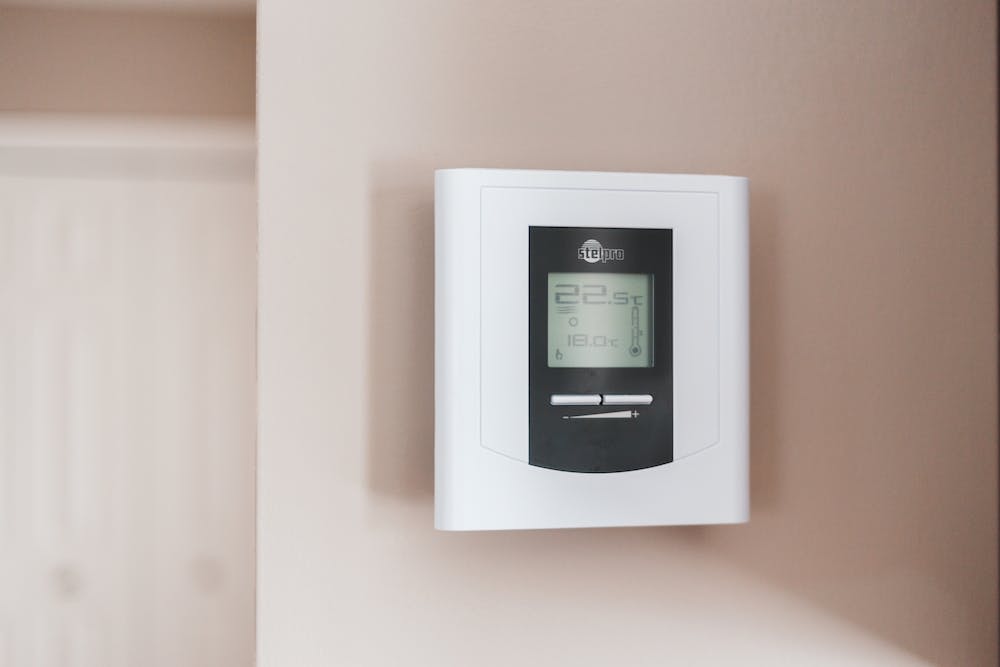- Published 8 Mar 2024
- Last Modified 8 Mar 2024
- 5 min
The Essential Guide to Choosing the Right Heating Element for Your Home
Discover everything you need to know about heating elements: their types, specifications, safety tips, and applications for safe home heating solutions.

Heating elements are integral components of various home appliances, converting electrical energy into heat to perform tasks ranging from cooking and baking to providing warmth. In a country like Australia, where the climate is predominantly warm, the need for heating may not be apparent for most of the year. However, a reliable heat source becomes indispensable for comfort and well-being during the cooler winter months.

Types of Heating Elements
Heating elements come in many different types and models, designed for different applications, each with unique features. Each type of heating element has been developed to meet specific needs, offering solutions for industrial and home environments in Australia.
<u>Cartridge Heaters</u>
Primarily used in industrial settings for precise heating in moulds, dies, and platens. Their cylindrical shape allows easy insertion into drilled holes, efficiently offering localised high-temperature heating.
<u>Air Heaters</u>
These heaters are adaptable to various environments, heating air in HVAC systems, portable heaters, and industrial processes. Their versatility and ability to distribute heat evenly make them suitable for a wide range of applications.
<u>Drum/Band Heaters</u>
Designed to wrap around drums or barrels, drum heaters maintain or increase the temperature of the contents, ensuring materials like oil or chemicals remain fluid for easy processing or dispensing in industrial settings.
<u>Water Heaters</u>
A staple in homes, water heaters provide a continuous supply of hot water for personal, cleaning, and cooking needs. They are essential for comfort and hygiene and are available in tank and tankless models for efficiency.
<u>Mica Strip Heaters</u>
Utilise mica insulation for high-temperature resistance and even heat distribution. Ideal for appliances requiring surface heating, such as food equipment and industrial machinery, they are durable and provide reliable performance.
<u>Ceramic Heating Elements</u>
Ceramic heaters stand out for their rapid heating capability and energy efficiency. Safe for residential use, they offer consistent warmth with minimal risk of overheating, making them perfect for living spaces.
Understanding the Specifications
When selecting a heating element, paying attention to its specifications is essential. These details will affect the element's performance, efficiency, durability, and suitability for various applications.
- Power Rating (Watts): Indicates heat output and energy consumption. Higher ratings produce more heat, suitable for larger areas.
- Material Type: Affects durability and heat distribution. Ceramics is efficient for quick heating; mica is used for high-temperature resistance.
- Size and Shape: Determines compatibility with appliances and heating effectiveness. Larger elements suit bigger spaces; shapes cater to specific heating tasks.
- Voltage: Indicates the electrical potential difference the element is designed to operate at. Matching the voltage specification with your home’s electrical supply will ensure safety and optimal performance.
- Temperature Range: Specifies the maximum temperature the element can reach. This is particularly important for applications requiring precise temperature control, such as in laboratory equipment or speciality cooking appliances.
- Thermal Response Time: Describes how quickly the elements can reach their operating temperature. A faster response time can be advantageous for applications requiring rapid heating, reducing wait times and improving energy efficiency.
- Insulation Type: Impacts the element's safety and energy efficiency. Good insulation minimises heat loss and reduces the risk of electrical hazards, particularly in wet environments.
Practical Applications in Home Appliances

Heating elements find their way into common home appliances, such as toasters, ovens, and immersion water heaters, where temperature can be adjusted with a digital temperature controller. Recognising when a heating element needs replacement is critical to maintaining appliance efficiency and safety. Signs include inconsistent heating, increased energy consumption, and physical damage to the element itself.
Safety
When incorporating heating elements into home appliances, safety is of utmost importance. Adhering to proper installation procedures, conducting regular maintenance, and following the manufacturer's guidelines are essential steps to prevent accidents and ensure the efficient operation of heating elements. Here are some specific tips to ensure safe operation:
- Follow Installation Guidelines: Always adhere to the manufacturer's installation instructions to avoid improper setup, which can lead to overheating or electrical hazards.
- Regular Maintenance Checks: Inspect heating elements periodically for signs of wear, damage, or corrosion. Early detection of issues can prevent safety hazards and appliance failure.
- Use Proper Insulation: Ensure heating elements are correctly insulated to prevent accidental burns or electrical shocks. This is especially crucial in appliances that come into direct contact with water.
- Keep Away from Flammable Materials: Position heating elements and devices away from flammable materials to reduce the risk of fire.
Powering Your Home Heating System With The Right Heater
Selecting the right heating element is fundamental to meeting specific home heating needs efficiently and safely. By understanding the types of heating elements available, their specifications, and practical applications, homeowners can make informed decisions for their appliances. We encourage exploring RS Australia's range of heating elements to find the perfect solution for your home heating challenges.
Popular Heating Element Brands
Acim Jouanin
Acim Jouanin stands out in the electric heating market, offering a comprehensive range of high-precision heating elements. Their mission emphasises innovation and reliability, catering to diverse industrial needs with efficiency at the forefront of their solutions.
DBK Enclosures
Specialising in thermal management, DBK Group delivers advanced heating solutions across various sectors. Their focus on innovation and adaptability ensures optimal temperature control, enhancing the performance and safety of electronic and industrial applications.